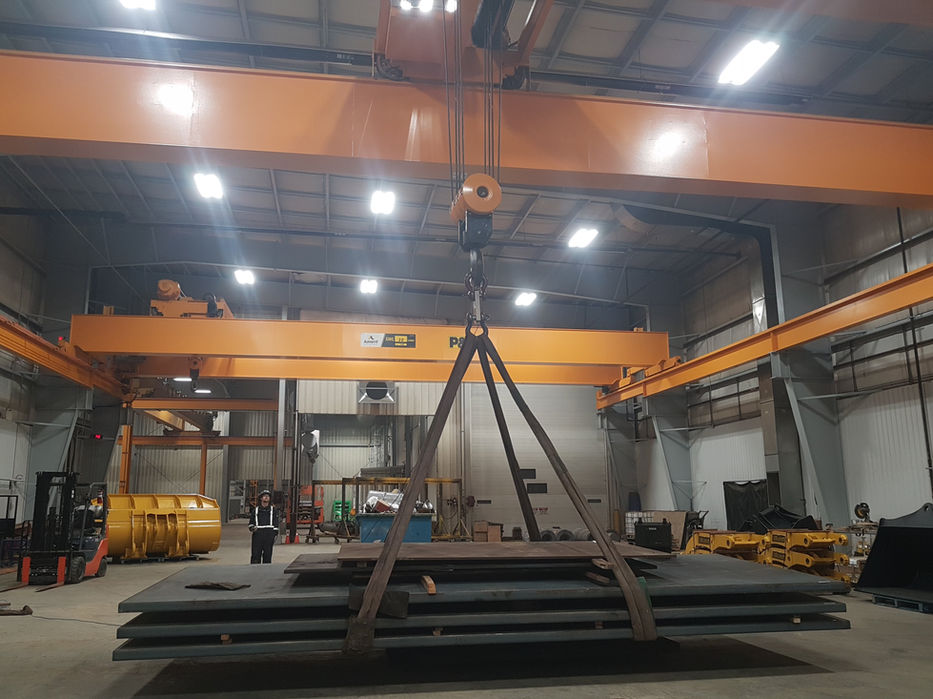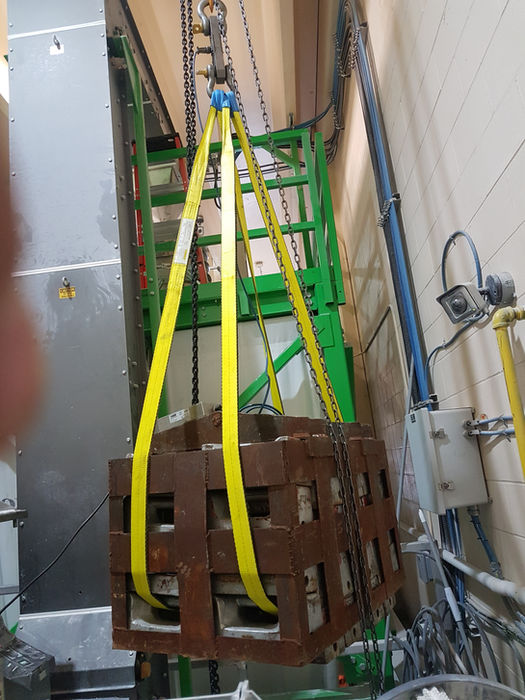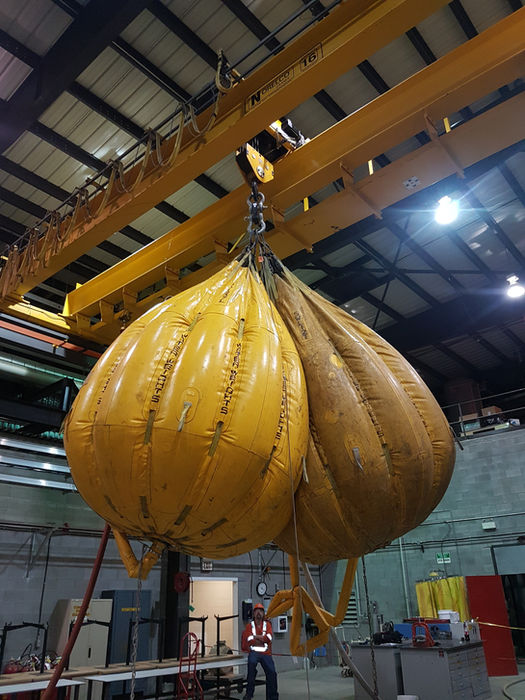

Why load testing matters
Load testing is critically important for any lifting equipment that is either newly installed or been in use for a long period of time. Load testing reveals functional errors that only occur under stress and lowers the frequency and serious nature of incidents involving overhead cranes and hoists.
Within Canada, Load Testing is required on all lifting equipment to fulfill CSA B167-16 7.3 Load testing 7.3.1 and ASME. SECTION 2-2.1: INSPECTION B30.2.2005. 2-2.2.2 regulations and requirements. After completion of each load test we supply a certificate of load test in accordance with these CSA and ASME regulations.
With Venter Cranes, you get more than a test.
You get peace of mind.
CSA B167-16 7.3 Load testing
7.3.1
Load tests shall be performed as specified in Clauses 7.3.2 through 7.3.4 prior to use for new, reinstalled, or modified cranes and hoists. The load test shall be performed under the supervision of an engineer or other competent person. For cranes that have undergone repair or replacement of critical components, the load test may be limited to the functions affected by the repair as determined by an engineer or other competent person.
Notes:
1) Load tests are generally not necessary following basic maintenance and repairs.
2) Annex I provides guidance and sample procedures for load tests.
What does the process involve?
An extensive and conclusive check is performed before and after a load test.
This check includes:
-
The deflection of the bridge and any fails within the rope and welds of the crane.
-
The crane’s required load limits are set in order to stop over loading.
This is necessary because, over time, load limits can go out of calibration from overuse or an incorrect install of the hoist.

Load testing services
Venter Cranes offers a wide range of crane & hoist load testing solutions to industries from land to sea, in any environment.
We have provided load test solutions since 1993 from Southern Africa to Canada on monorails, container handling cranes, overhead cranes, davits, derricks, winches and virtually any lifting equipment or load-bearing structure, from ship to shore.

Types of loads
Static load
A load that weighs more than the required amount needed. It is lifted with a load cell connected to ensure not to go more than 20% over the rated lift weight of lifting equipment.
Dynamic load
A load that is exactly 20% over the amount the lifting equipment is rated to lift. This is the most accurate way to test a load. Most modern cranes require a dynamic load to set the load limits.
Getting a dynamic weight and the use of solid weights on site can be time consuming and not always possible, which are some of the reasons why Venter Cranes has become an agent for WaterWeights® in Canada.

Safe and flexible
We use calibrated, water-filled test bags, that are safer and more flexible than solid weights.
Simple and cost effective
Our bags offer the simplest and most cost-effective means of load testing any lifting equipment or load-bearing structure.
Wide range of load sizes
We supply a comprehensive range of bags with capacities from 1 to 110 metric tons. Combining bags and specially designed beams allows for very large capacity tests.
Economical and environmentally responsible
The bags themselves weigh only 2% of the total achievable load when filled, making them infinitely easier and economical to ship, handle, and store.
Previous load tests
Browse examples of successful load tests completed by Venter Cranes.


















































